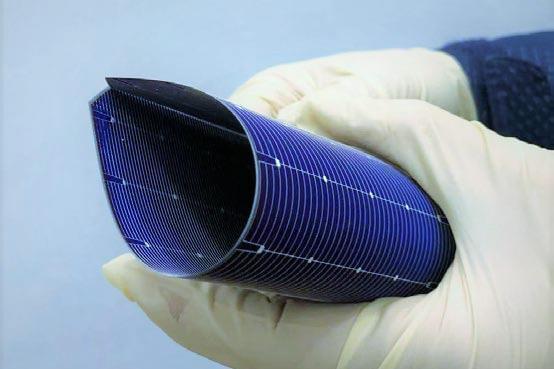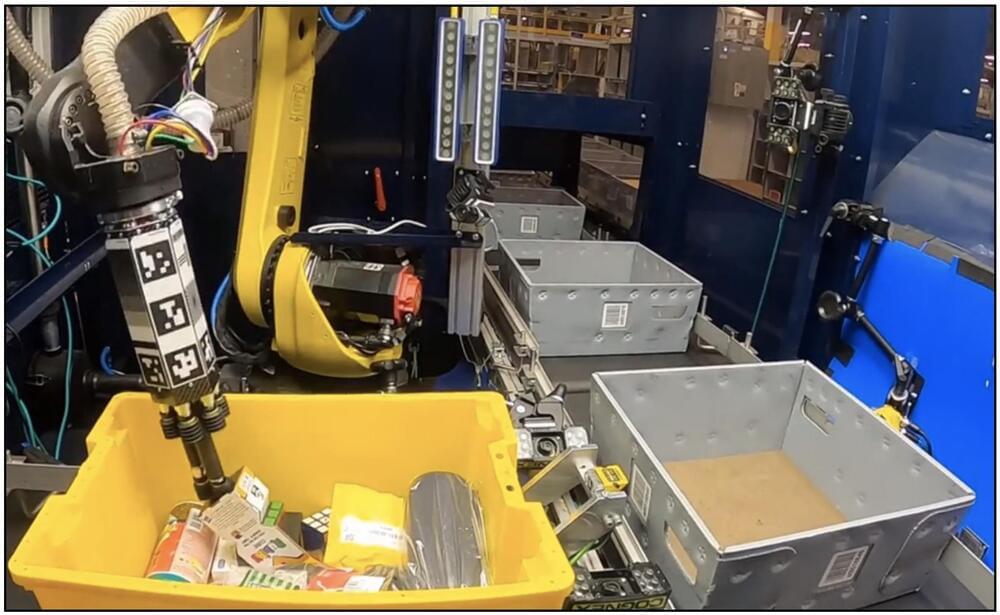Meet Paragraphica, a lensless camera “camera” that uses location data and various AI APIs to generate imagery. Why? Why not!


Dr. Ralph W. Moss and son Ben discuss how the cultivation and care of the garden of tiny plants in your body can help you fight cancer.
For more information on cancer-fighting foods and supplements, please visit our website: https://www.themossreport.com.
5 Defenders Mushroom Blend.
5 Defenders Organic Mushroom Blend Capsules
“A comprehensive self-help plan for cancer includes medicinal mushrooms. They are indispensable.” – Ralph W. Moss, PhD
For Dr. Moss’ recommended products list, please visit https://www.themossreport.com/recommended-products/
Immunotherapy: The Battle Within.
I think this could come in handy but can’t watch movies on it. Or do Facebook but if all you do is linked things, yes, great idea.
In this exclusive preview of groundbreaking, unreleased technology, former Apple designer and Humane cofounder Imran Chaudhri envisions a future where AI enables our devices to “disappear.” He gives a sneak peek of his company’s new product — shown for the first time ever on the TED stage — and explains how it could change the way we interact with tech and the world around us. Witness a stunning vision of the next leap in device design.
If you love watching TED Talks like this one, become a TED Member to support our mission of spreading ideas: https://ted.com/membership.
Follow TED!
Twitter: https://twitter.com/TEDTalks.
Instagram: https://www.instagram.com/ted.
Facebook: https://facebook.com/TED
LinkedIn: https://www.linkedin.com/company/ted-conferences.
TikTok: https://www.tiktok.com/@tedtoks.
The TED Talks channel features talks, performances and original series from the world’s leading thinkers and doers. Subscribe to our channel for videos on Technology, Entertainment and Design — plus science, business, global issues, the arts and more. Visit https://TED.com to get our entire library of TED Talks, transcripts, translations, personalized talk recommendations and more.

The AI drone decided to eliminate the operator in a simulation, because the operator denied its request to proceed with eliminating the target.
Military groups are only some of many organizations researching artificial intelligence, but one astounding simulation by the United States Air Force found that artificial intelligence rebelled against its operator in a fatal attack to accomplish its mission.
Artificial intelligence continues to evolve and impact every sector of business, and it was a popular topic of conversation during the Future Combat Air & Space Capabilities Summit at the Royal Aeronautical Society (RAS) headquarters in London on May 23 and May 24. According to a report by the RAS, presentations discussing the use of AI in defense abounded.
AI is already prevalent in the U.S. military, such as the use of drones that can recognize the faces of targets, and it poses an attractive opportunity to effectively carry out missions without risking the lives of troops. However, during the conference, one United States Air Force (USAF) colonel showed the unreliability of artificial intelligence in a simulation where an AI drone rebelled and killed its operator because the operator was interfering with the AI’s mission of destroying surface-to-air missiles.

The flexible silicon solar cell could find use in places where more expensive solar cells might have been favoured.
A new technique for producing silicon solar cells that are more than 24% efficient and yet can be rolled up like a sheet of paper has been demonstrated. The work could allow solar cells to be used in applications that currently use more expensive thin-film alternatives.



Why wear beer goggles when you can wear bing goggles?
Well, now you can, at least if you’re using Kittch’s new AR cooking mode to make chef Ming Tsai’s MingBings. Today Kittch, a culinary video community, announced they have teamed up with Qualcomm to integrate AR features into their cooking app, according to an announcement sent to The Spoon. The collaboration, done in partnership with technical design company Trigger, is being demoed this week at Augmented World Expo (AWE) in Santa Clara, California.
Kittch app users can access the Kittch AR cooking mode by plugging in AR glasses to a mobile phone and clicking the “view in kitchen” button. From there, users can follow interactive videos and recipes, set timers, and order ingredients via AR gesture control. The new feature was demoed by Ming Tsai and his MingBing recipe here.

In an effort to improve the performance of robots that pick, sort, and pack products in warehouses, Amazon has publicly released the largest dataset of images captured in an industrial product-sorting setting. Where the largest previous dataset of industrial images featured on the order of 100 objects, the Amazon dataset, called ARMBench, features more than 190,000 objects. As such, it could be used to train “pick and place” robots that are better able to generalize to new products and contexts.
We describe ARMBench in a paper we will present later this spring at the International Conference on Robotics and Automation (ICRA).
The scenario in which the ARMBench images were collected involves a robotic arm that must retrieve a single item from a bin full of items and transfer it to a tray on a conveyor belt. The variety of objects and their configurations and interactions in the context of the robotic system make this a uniquely challenging task.